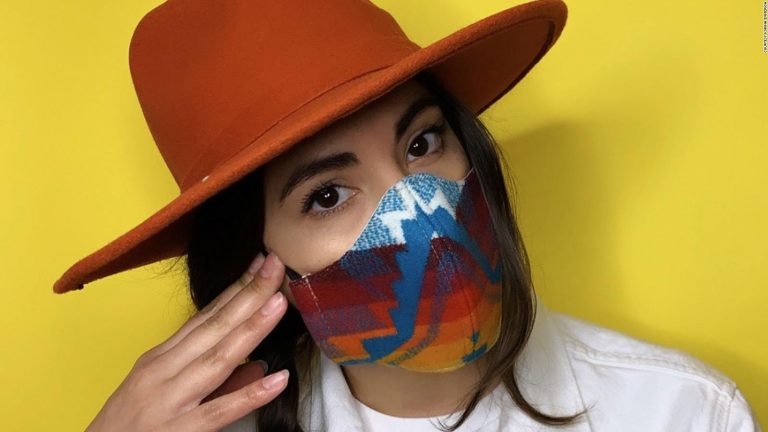
A Guide to Wearing Face Masks in Latin America
14 September, 2020Living under the constant strain of the global coronavirus pandemic has forced a lot of transformation in countries across the world. Social life and how we interact with each other has changed so much over an incredibly short amount of time.
One of these changes has been governments not only across Latin America, but also the rest of the world, implementing face mask use while out in public. As the numbers rise, we see communities taking these changes into their stride and turn something negative into a beautiful and colorful positive.
Not sure about what to do regarding face masks? The following is a comprehensive guide on everything you need to know about wearing a face mask in Latin America.
What is a face mask?
A face mask is a protective covering worn to safeguard the wearer’s nose and mouth from contact with potential germs.
As coronavirus is a highly contagious disease, the use of face masks has been recommended by many government bodies in order to slow and contain the spread of COVID-19.
There are three types of face masks:
- Fabric/cloth face masks: Reusable face masks that help trap contagious droplets when someone sneezes or coughs
- Surgical face masks: Made from a minimum of three layers of synthetic materials, these masks help act as a barrier against COVID-19, however are only designed to be single use
- N95/respirator face masks: These masks provide a higher level of protection than fabric and surgical face masks with their filtration capabilities, however are mostly only intended for use with healthcare workers. They are also typically more expensive.
When should you wear a face mask?
The World Health Organisation has recommended that face masks be worn in situations where individuals cannot safely social distance from others, such as crowded shopping centres, on public transport and in high density living areas.
Individuals displaying COVID-19 symptoms (even mild), the elderly (over 60), health workers and those with underlying health conditions should also wear face masks.
Remember, wearing a face mask is about protecting those around you by limiting the spread, then simply protecting yourself.
How to wear a face mask
Before putting on your face mask, make sure to wash your hands for at least twenty seconds with soap and water (or an alcohol-based sanitizer if soap is not available).
Put the mask over your nose and mouth and ensure it fits snugly across the sides of your face. Avoid touching the face mask when it’s on and wash your hands again before taking the mask off. Try to remove the straps from behind your head or ears, without touching the front of the mask to avoid any potential contamination.
Single use face masks should be disposed of in the bin, and reusable cloth masks should be washed before using again.
Where can you get face masks in Latin America?
Face masks can be found conveniently online. Whether you want to look for something specific or something generic, there are a wide range of different options to choose from.
Many are predicting that face masks will be around for a while yet, so finding your own custom facemasks can bring some color and happiness into your world, helping to express your own individuality and style.
You can also look toward your local communities and find those among you that are making face masks to support small business.
Follow Sounds and Colours: Facebook / Twitter / Instagram / Mixcloud / Soundcloud / Bandcamp
Subscribe to the Sounds and Colours Newsletter for regular updates, news and competitions bringing the best of Latin American culture direct to your Inbox.

